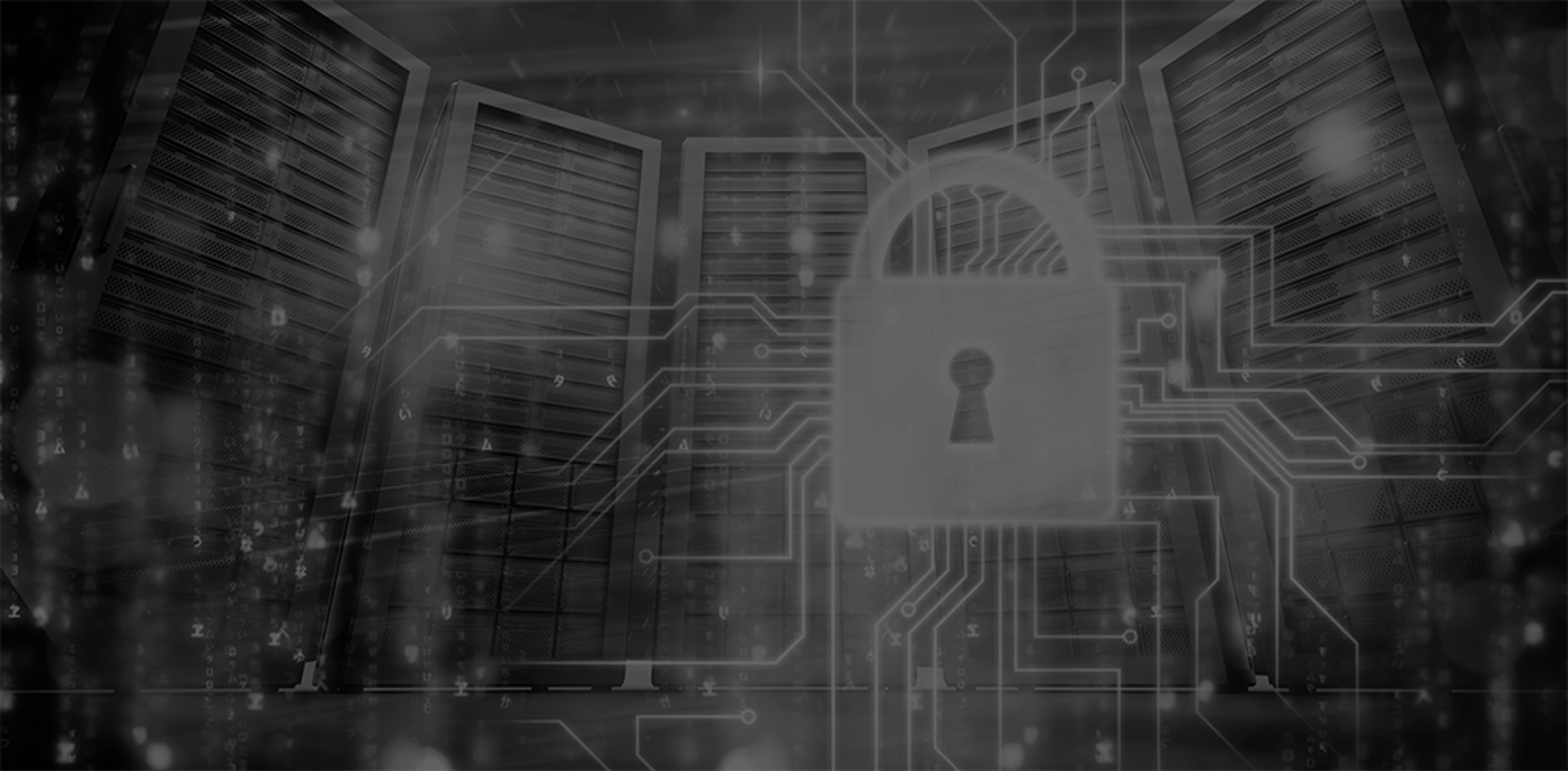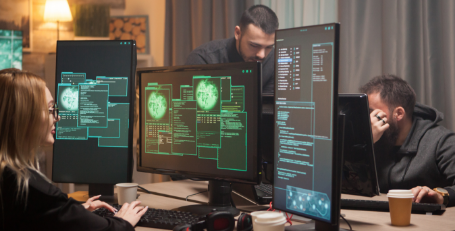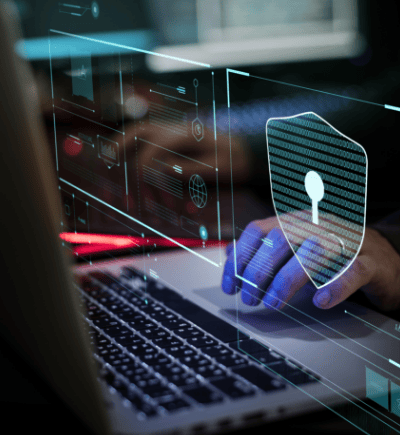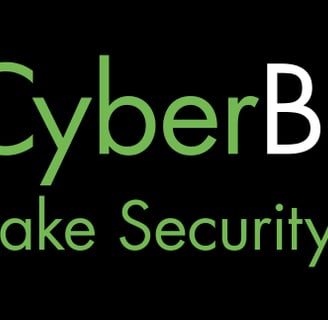
Unlocking The Secrets Of Digital Safety
As the cyber security landscape continues to rapidly evolve, new threats, attack vectors, vulnerabilities, and technologies are being discovered daily. Our team remains dedicated to constant learning and adaptation in response to the changing threat environment, ensuring that we keep you informed and secure. We have designed a Menu of Services to ensure that you don’t have to look beyond CyberBakery.
Tailored solutions for robust security frameworks.
Empowering teams through effective training programs.
Ensuring compliance and risk management strategies.
About CyberBakery
At CyberBakery, we blend deep technical expertise with practical business insight to enhance your cybersecurity posture and protect your digital assets.






Our Vision & Mission
Our vision is to become a trusted partner in cybersecurity and information security. We are committed to harnessing and implementing all aspects of data protection to protect enterprises and individuals relentlessly. In doing so, we aim to contribute to the country's development and make it one of the most secure business destinations globally.
Our mission is to introduce the best cybersecurity and information security protection practices, seamlessly integrating them with organisational processes and empowering organisations to manage and mitigate risks, thereby helping them become globally competitive.
Our Services
Expert cybersecurity solutions tailored to protect your business and enhance your security posture effectively.
Enterprise Security Architecture
Enterprise Security Architecture (ESA) comprises principles, methods, tools, and frameworks that protect an organisation’s assets from threats. Security architecture can be applied to an entire organisation or individual applications, processes, networks, cloud environments, or infrastructure. ESA involves developing a strategy for the secure implementation and management of technology across an entire organisation to align with business goals and strategy.


Security Assurance




Security Awareness Training
Cyber Security Assurance services encompass three crucial components: cyber governance, risk management, and compliance. At CyberBakery, we understand the importance of integrating these elements seamlessly to ensure robust cyber security measures. Governance Excellence: Governance sets the foundation for effective cyber security practices. Our experts work closely with your organisation to establish robust policies, processes, and procedures. From developing security policies to appointing a Chief Information Security Officer (CISO), we ensure that your governance framework is aligned with industry best practices and tailored to your needs.
At CyberBakery, we acknowledge the human element as the most vulnerable link in cybersecurity defences. That's why we deliver expertly crafted training programs tailored in partnership with our customers to equip their teams with the knowledge and skills needed to confidently navigate the digital landscape securely. Our unwavering commitment to user awareness seamlessly integrates with user-friendly interfaces, ensuring a seamless and trouble-free experience for your organisation.

Cyberbakery transformed our security approach with their expertise and practical insights. Highly recommend their services!
Tech Innovator

The team at Cyberbakery provided exceptional training that empowered our staff to recognise security threats effectively.
Security Manager

★★★★★
★★★★★
CyberBakery uplifts your cyber security posture through our cyber security uplift program, advanced professional services and awareness training.
Our vision is to create a working environment safe from cyberattacks. Our mission is to protect businesses and uplift their cyber security posture and behaviour.
Contact
menu@cyberbakery.net
© 2025. All rights reserved.
Sign up for our newsletter


